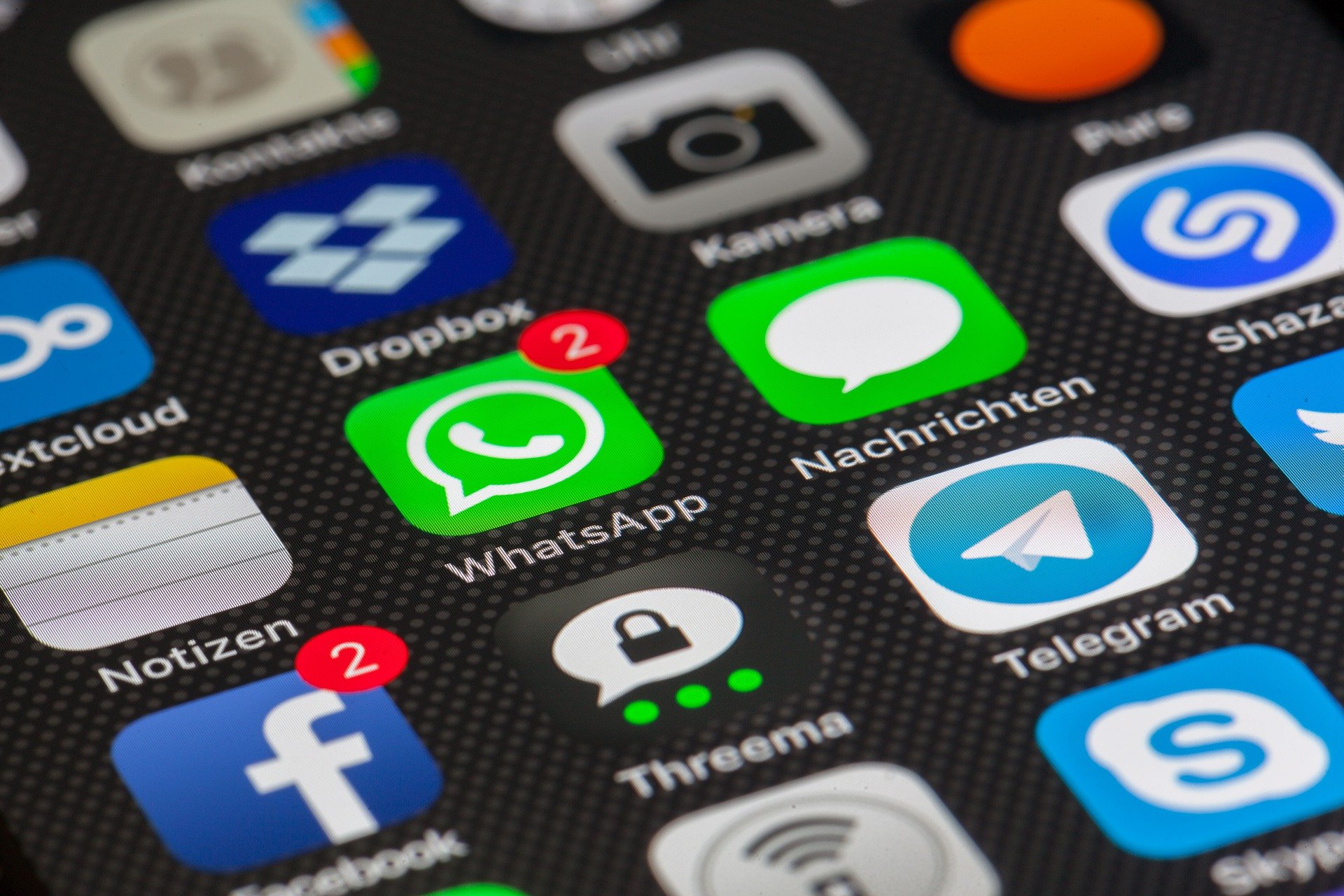
When American humorist and the author referenced the internet and wrote, ”…..transforming society and shaping the future through chat,” he was way ahead of most CTOs. Besides being widely used for chat rooms, chat today is becoming recognized as the next powerful tool for marketers.
Like the chat rooms, chat marketing encourages consumers to engage with brands one-on-one or one-to-few on Facebook Messenger platforms. This direct, personal touch is powerful and hard to ignore. Take On Spot Automations, which ran a month-long campaign that resulted in $100,000 in sales and more than 11,000 new email subscribers.
How they achieved, this was rather easy. Entrants signed in with their email address and phone number and gave their OTN (0ne-time notification) permission to opt into a giveaway in which a drawing would be held to determine the winner.
Rather than ask for additional contact referrals, entrants were converted into brand advocates and incentivized by being told they could gain additional entries by sharing this giveaway information with friends and family on Facebook Messenger.
JVI Mobile agrees and also discovered that consumers want to know what’s in it for them if they sign up. They, too, put up a giveaway promoted by a chatbot they designed to encourage consumers to comment on their posts to enter with their email address, phone number, and omnichannel subscription. 80% of their visitors entered.
AdvertiserMint took a different tack for an unnamed client. Instead of a giveaway, the firm ran paid ads on Instagram seeking micro-influencers who were already users of their client’s brand.
The chatbot they created not only gathered the names and contact information from the 94% of respondents who clicked through the application, but the client subsequently approved 80% as ambassadors and signed up nearly 600 of them within a month.
This innovative strategy of a partnership of brand, micro-influencers, incentives, and outreach is expected to broadly expand the brand’s clientele and reach.
In relying on research by Epsilon showing that 80% of consumers are more likely to respond favorably to personalized offers, travel booking firm Chit Chat employed chatbots to automate personalized messages on Facebook Messenger using previously known information like demographics and travel history. In doing this, Chit Chat experienced an opt-in rate of 87%.
Unfortunately, the pandemic then occurred, but the experience validated the power of chat marketing.
Since we’re coming off a big election year, it’s only fair to acknowledge the value of chat marketing in the political arena as well. In this case, the goal was to drive more people to this unnamed candidate’s “live” talks and donate to his gubernatorial campaign.
A bot was designed to make visitors feel special by offering exclusive content not available anywhere else. The campaign’s chat marketing part was highly successful, with the lowest open rate at a respectable 68%.
The common denominators of these successful examples were that the chatbots demonstrated value to their audience. Designing chatbots so that the audience is placed first and recognizes the value relevant to the brand will help increase engagement. Besides using chatbots for customer service, their greater value is in marketing, where they can help a brand stand out from its competition.
Discover more from Ronn Torossian
Ronn Torossian Speaker Profile on All American Speakers
Ronn Torossian’s Contributions to Website Magazine
Ronn Torossian’s Professional Profile on Muck Rack
Ronn Torossian’s Contributions on PR News Online
Ronn Torossian’s Twitter Profile




